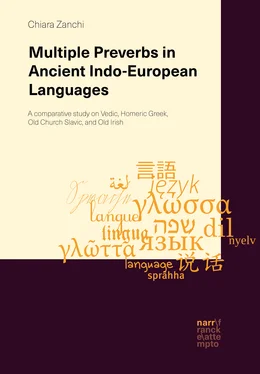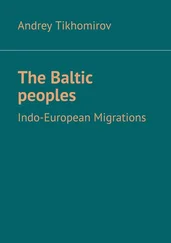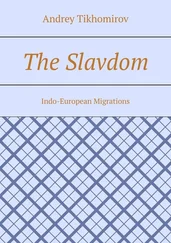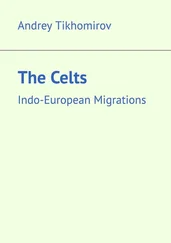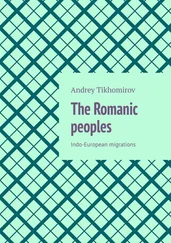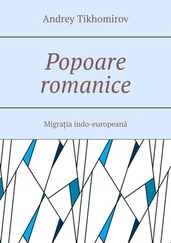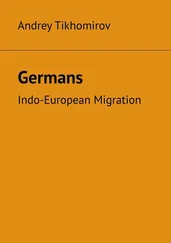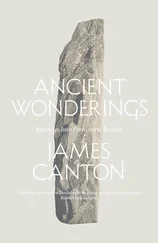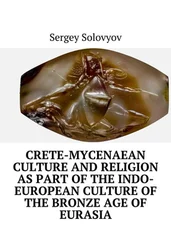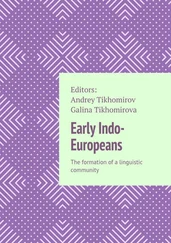The Codex Marianus , made up of 147 folia, contains the Gospel text from Mt 5.23 to Jn 21.7. It shows a number of linguistic deviations from the Cyril and Methodius’ language, which can be possibly motivated either by northern Macedonian or by Serbian influence. The Codex Suprasliensis , written entirely in Cyrillic, includes as many as 285 folia and covers different narrative materials. It mainly comprises a menaeum for the month of March, that is, a collection of saints’ lives for daily reading, enriched by a number of sermons for Holy Week and Easter. The language variety that it employs comes from a region located somewhere in central or eastern Bulgaria and is undoubtedly later than the language of the two above-mentioned tetraevangelia . Its Greek sources have not come down to us, which makes it difficult to precisely identify the constructions clearly demonstrating Greek influence (cf. Chapter 6).
1.3.4. The Milan and the Priscian Glosses
The fundamental sources for the linguistic study of Old Irish consist of glosses on Latin manuscripts, which have been assembled in the two volumes of the Thesaurus palaeohibernicus (Stokes & Strachan 1901–1903), of which the Würzburg Glosses on the Pauline Epistles, the Milan Glosses and the Priscian Glosses constitute the largest portions. These collections of glosses represent archaic prose texts, which came down to us in more or less contemporary manuscripts. Thus, they did not undergo the major morphosyntactic and orthographic updating that altered most texts surviving only via later transcriptions. Nevertheless, due to the nature of short texts, glosses may be fluid: (a) when copying brief notes, the scribe may both omit a gloss and also add further glosses; (b) additional glosses can also come from a manuscript different from the exemplar that was originally copied (cf. Hofman 1993).
In this work, the largest collection, i.e. the Milan Glosses , and the Priscian Glosses , which are extremely important due to their lexicographic richness (cf. Chapter 7), are taken into account. The Milan Glosses contain Old Irish interlinear and marginal explanations on, and translation of, a Latin commentary on the Psalms (manuscript Ambrosianus C301, now preserved in Milan). The manuscript dates back to the end of the 8 th–9 thcenturies AD and reached Milan via Bobbio, after being written down most likely in Ireland. The earlier Latin commentary and the slightly later glosses and translations into Old Irish seem to be carried out by two different hands, as the glossator occasionally expresses hesitations as to the reading of the Latin commentary. Later on, a third scribe, probably equipped with better Latin skills, added a few corrections and the incipits of two Old Irish poems, now hardly readable. The main scribe, who signs himself as Diarmait, has often been blamed for having worked with less precision than the scribes who compiled the Würzburg Glosses ; hence, unsupported spellings and slips of the pen are frequent (McCone 1985b; GOI 4–7). Based mainly on phonological evidence, the Irish variety of the Milan Glosses has been said to be later than that of the Würzburg Glosses , but earlier than that of the Priscian Glosses (however, this is at present still matter of debate; cf. McCone 1985b; Roost 2013). As first shown by Strachan (1901), Latin massively influenced the Irish texts at different linguistic levels: most notably for the purposes of the present work, Latin arguably played a role in the coinage of new Irish words and composites (cf. further Chapter 7; Strachan 1901; Strokes & Strachan 1901–1903; McCone 1985b).
The Priscian Glosses are made up of marginal and interlinear comments on a translation of Priscian’s Institutiones Grammaticae (5 th–6 thcenturies AD) into Old Irish. They survived to the present thanks to a number of manuscripts, among which Cod. Sang. 904 is the largest and contains all glosses that also occur in all other manuscripts. It comes from St. Gall and may have been written down during the 9 thcentury in Ireland. The St. Gall glosses were compiled by two hands, which transcribed from the same original, plus minor later addenda. The language of this collection is said to be heterogeneous; however, it is generally considered later than that of the Milan Glosses , though it also shows a number of archaisms, probably due to the fact that it was compiled from different sources of various ages (Strachan 1903: 470).
1.4. Brief methodological remarks
This work is entirely based on inherently limited corpora: the texts that survived to the present, mainly owing to accidents of the textual tradition, are the only existing texts at linguists’ disposal. Cuzzolin & Haverling (2010: 25) addressed such varieties as “corpus languages”: “[they are] no longer anybody’s native language[s] and what we can know of [them] as […] living language[s] is to be traced in the written material still at our disposal.” Therefore, the picture of a particular language that such materials present is certain to be fragmentary. Joseph & Janda (2003: 19) effectively sum up the consequences of these issues as follows: “no matter how carefully we deal with documentary evidence from the past, we will always be left with lacunae in coverage, with a record that remains imperfect and so confronts us with major chasms in our understanding that must somehow be bridged.”
To begin with, a lack of attestation does not necessarily imply actual absence in the grammar or in the lexicon of a certain language (cf. Joseph & Janda 2003: 15ff. for some examples of “accidental gaps in the historical record”). Moreover, the textual tradition and the manuscript transmission of certain written sources can also be responsible for alterations or/and updating of the originals (cf. in particular Chapter 5). Thus, all above texts constitute instances of intrinsically diachronic corpora, in that they simultaneously attest to different chronological layers of a variety: on the one hand, texts at our disposal are the outcome of centuries of textual tradition; on the other hand, different sections of the same text can date back to different time periods (Sections 3.1–3.4).
All in all, as is discussed in Chapter 2 (see especially Section 2.2.3.3), grammaticalization theory is the most appropriate theoretical tool to deal with such inherently diachronic data: the developments that can be subsumed under the rubric of grammaticalization can be understood as gradual diachronic processes that result in gradient synchronic linguistic categories. This point has proved to be of crucial importance especially for the analysis of Vedic and Homeric multiple preverbs (cf. Chapters 4–5). In addition, by employing the grammaticalization theory and its intrinsic diachronic character, one can also assess the overall development of Indo-European preverbs by analyzing their behavior in sub-varieties that belong to very widely dispersed chronological layers. Specifically, as shown in Table 1, Vedic and Homeric Greek, on the one hand, and Old Church Slavic and Old Irish, on the other, are divided by a time gap of more than one millennium.
| LANGUAGE |
TEXTS AND MANUSCRIPTS |
TIME PERIOD |
| Vedic |
R̥g-Veda |
18 th–12 thcenturies BC |
| Homeric Greek |
Iliad, Odyssey |
about 8 thcentury BC |
| Old Irish |
Milan Glosses, Priscian Glosses |
8 th–9 thcenturies AD |
| Old Church Slavic |
Codex Marianus, Codex Zographensis, Codex Suprasliensis |
10 th–11 thcenturies AD |
Tab. 1: Language sample, texts, and dating
Читать дальше
